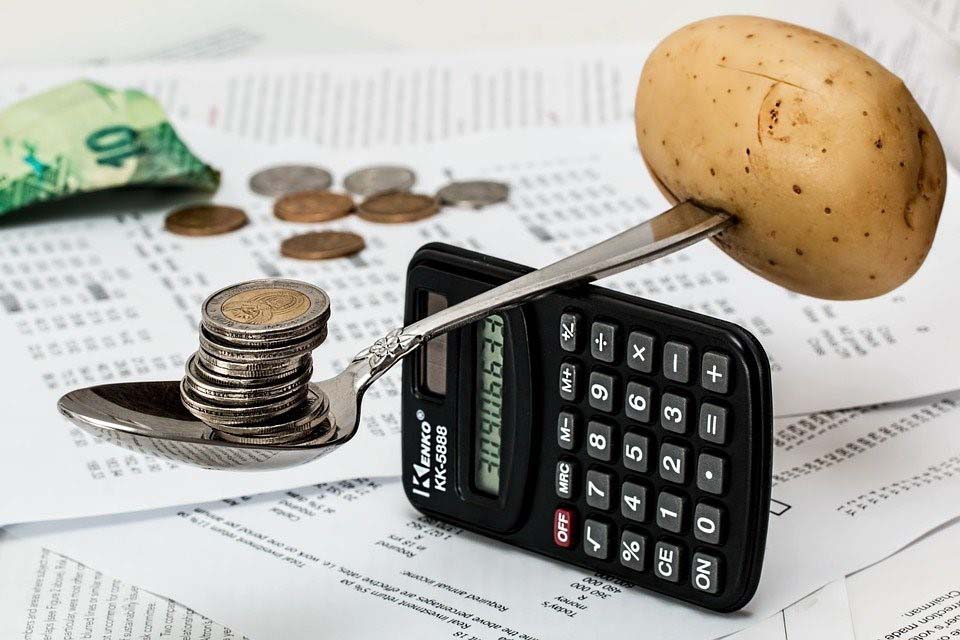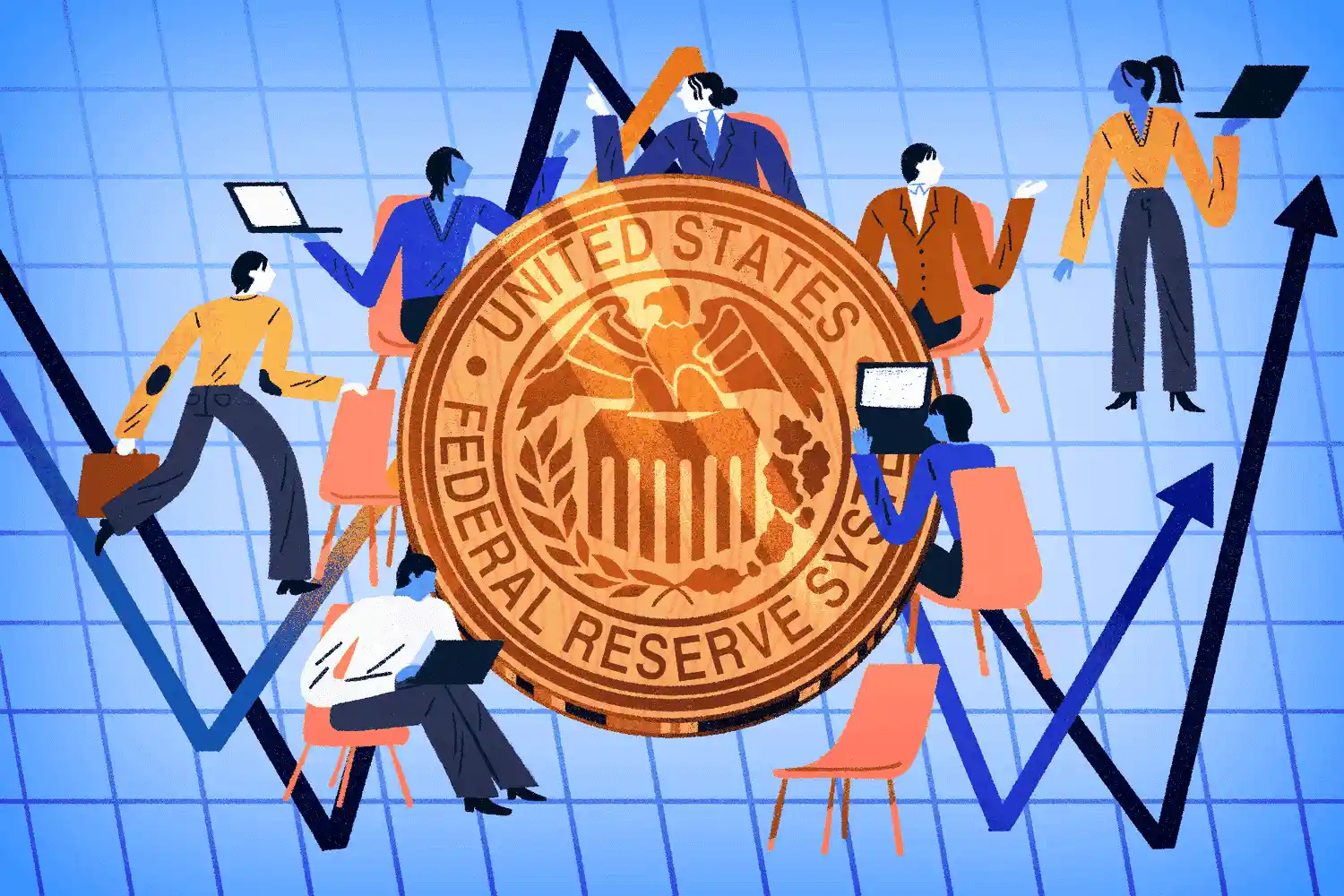Physical wars affect an economy in manifold ways. On one side, there is huge loss of human resources while on the other side, the country’s economic situation plunges to great lows. Wars cause a huge blow on the exchange rate of that country’s currency as well. This is because a great deal of a currency’s value is derived from the economic growth and strength of a country. When that gets adversely affected by war, naturally the demand for the currency will take a nosedive. This will force the government to devalue their currency. Many countries’ currencies have experienced this plight, latest one being the Turkish Lira.
Turkish Lira witnessed historic fall as the country waged several wars in the past decades. Even the latest president, Mr. Erdogan, is waging war left, right and centre, leading the economy to a 10-year low growth rate. Lira lost almost 26 % of its value in 2020-21. Turkey spent about more than $150 billion in the past two years on such unproductive activities. And in an attempt to prop up the Lira, the country even sold its foreign reserves. Turkish Lira hit record low against the US dollar due to continuing disputes with the countries allies.
This devaluation of Lira is driving fuel prices higher, making everyday goods very expensive in the country. This is having an impact on inflation which also hit a record low of 36.1 % in 2021 December which is considered the highest since President Erdogan assumed the lead role. This figure is expected to reach 40 % by the end of 2022, as the probability of a tight fiscal policy seems rather low.
The situation worsened as Turkey decided to stick to its unconventional economic policies. Contrary to opinions of experts and economists, the country decided to go ahead with interest rate cuts, stating that higher interest rates is the primary cause of inflation. As a result, Turkey’s Central Bank cut borrowing cost by 4 % despite inflation accelerating to 20 %. Erdogan even fired the head of Central Bank of the Republic of Turkey to implement his economic policies. All this is having a huge impact on the confidence of the citizens and investors. The eye-popping inflation is sending chills down the spine of people. Ordinary citizens are using their savings to buy US Dollars which in turn weakens the Lira further.
When the value of the Lira is taking a hit, the value of US Dollar against the Turkish currency is scaling new heights. One can expect a bull run in USD/TRY in 2022. Take a look at the chart given below:
As can be seen from the chart USD/TRY is gradually picking up pace. A lot will depend on the geopolitical scenario, especially the developments from Russia-Ukraine-US standoff. One can expect the Turkish Lira to remain under close scrutiny amidst increasing inflation, interest rates, and political pressure.
Thus, in short, the Turkish Lira appears to be on its way to becoming one of the world’s worst performing currencies. If the Turkish government wants to save its currency, then it should implement new schemes to support the Lira via protected time deposits. Finding a diplomatic solution to the ongoing political conflict is another way to better the currency’s performance. The government can also think about conducting elections a little bit earlier and work on implementing structural reforms.








